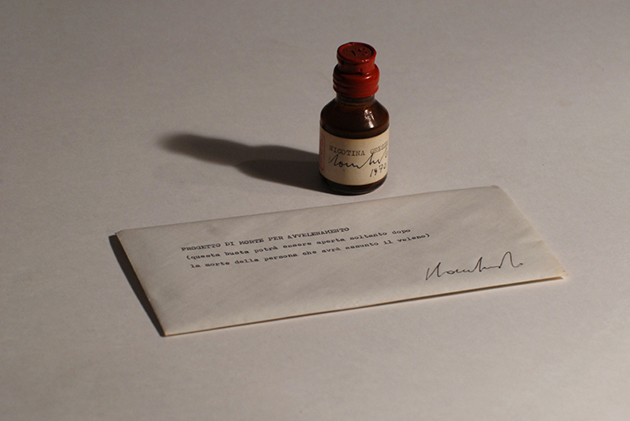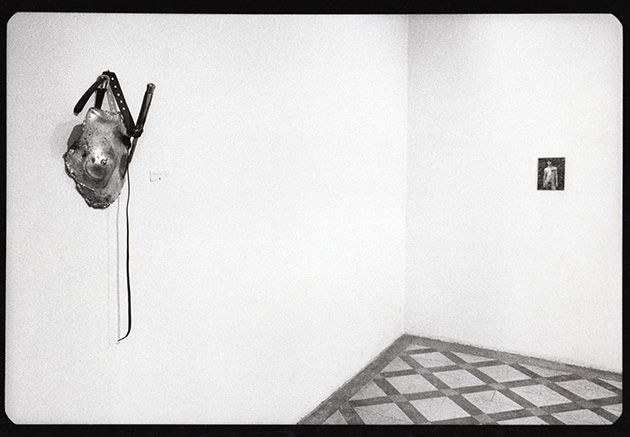The decade of the ‘70s has never lost its fascination. Even many years later it keeps on influencing and attracting people of every age, around the world. As one of the most complex and controversial decades, there has always been a lot of talk about this extraordinary moment. It was a fervent historical period, focused on important social issues that gave birth to a new way of conceiving images.
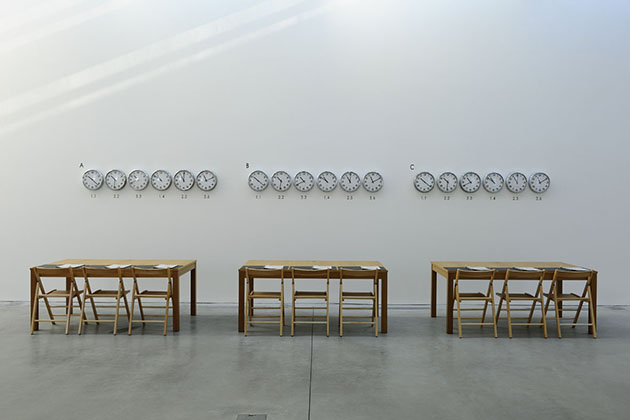
These were years characterized by a radical upset, cluttered with negative events, such as the energetic crisis, and also with original injections in music, cinema, dance, literature and visual arts. The tendency to change in all fields started during this time and had a strong effect on the intellectual environments, which were extremely prolific and raised meaningful themes that deserved to be discovered. Like in other Countries, also in Italy the political and social climate was tense, those were the so-called Years of lead, overfilled of violence and, even now, shrouded in mystery. The Italian artistic core was Rome, the ancient capital able to reinvent itself as an experimental centre, where a plurality of coexisting languages, the place where Arte Povera (literally Poor Art), the Roman School, Conceptual Art, Analytic Painting, Post Minimalism, Narrative Art and Trans-avant-garde come across, and private and public art institutions sustained each other. The show entitled Anni ’70. Arte a Roma, hosted at the Palace of Exhibitions and curated by Daniela Lancioni, retraces the contributions of around 100 artists from the ‘70s, featuring 200 of their most significant works. Throughout their connections and analogies, the pieces – which goes from painting to photography, and from sculpture to installation –, are displayed without a chronological order, following different topics (androgyny, incest, gender, otherness, the affirmation of word and its refusal).
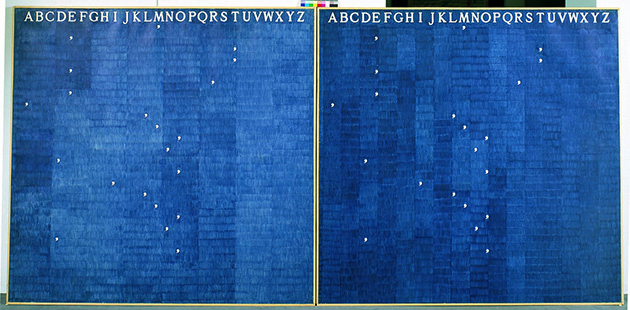
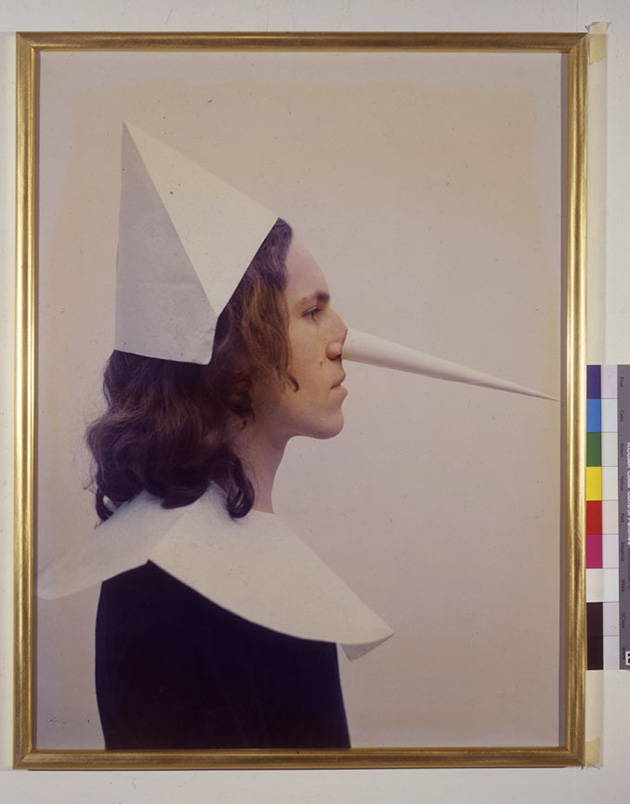
Ontani’s Pinocchio, the Investigation by Joseph Kosuth (The Eighth Investigation, Proposition #4’, 1971), Lombardo’s project death notes (Progetto di morte per, 1970), the run to the Rubedo by Luca Maria Patella (Verso la Rubedo, 1970), Penone’s Tree (Albero, 1970), the Androgyne by Vettor Pisani (L’androgino – carne umana e oro), 1972 Boetti’s Creation made of paper laid on canvas (Mettere al mondo il mondo, 1972-1973), and Woodman’s portrait of Rome (Roma, 1977) are exhibited together to coin a further historical narration of the symbols of an artistic decade of transformation.
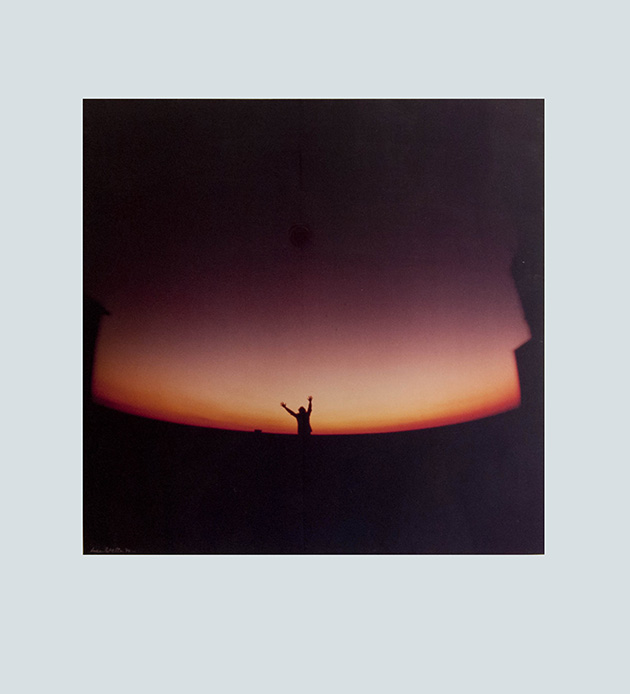
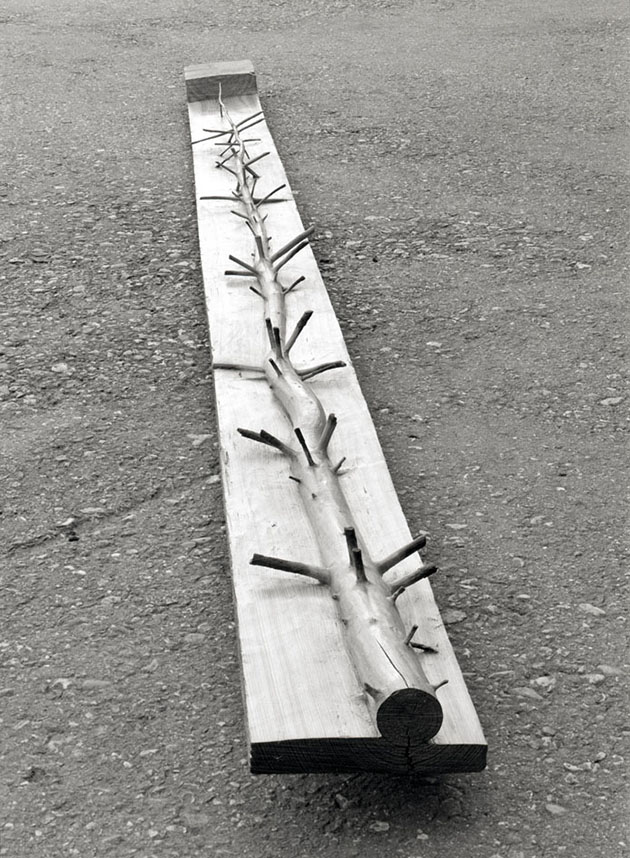
All the works, conceived by Italian and international artists, were created and presented in Rome during the ‘70s and were able to travel through time, being nowadays incredibly contemporary. If you are interested in contaminations and post-modernity and have the fortune to go to Rome in the next few months, do not forget to go visiting Anni ’70. Arte a Roma, which will run until 2nd March 2014.
